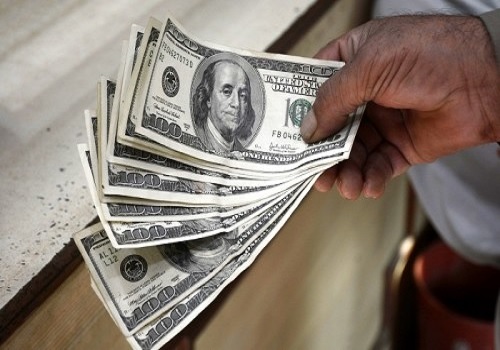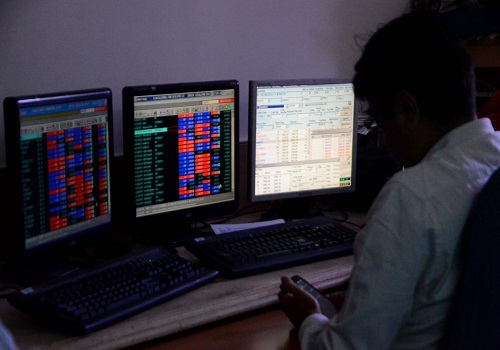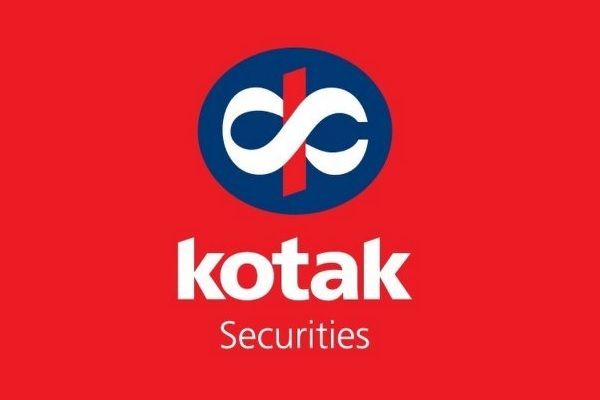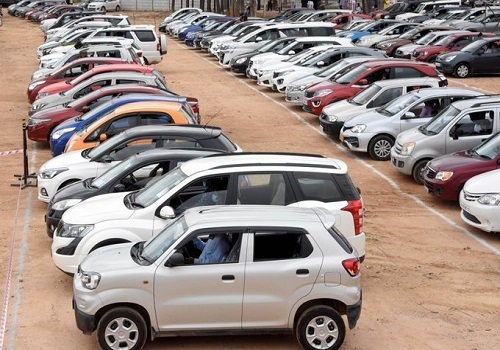PM Modi Sheds His Fiscal Conservatism: India 2021 Budget Outlook By Quantum Mutual Fund

PM Modi Sheds His Fiscal Conservatism: India 2021 Budget Outlook
Modi sheds his Fiscal Conservatism!
The government shocked the bond markets by pegging the fiscal deficit at a much higher number than expected. The fiscal deficit for Fiscal year 2022 is slated to be at 6.8% of GDP. Market estimates were around 5.0%-5.5% of GDP. The other shocker was that the government has postponed fiscal consolidation for the ever future.
The government now expects fiscal deficit to GDP to be at 4.8% by Fiscal year 2026. This is a big departure from the 3.0% target first slated to be reached by this government in Fiscal year 2018. 3.0% was always way too ambitious for a populous low-middle income country like India. Many ascribed the growth slump pre-COVID to government’s reluctance to increase its spending. The shocks of demonetization, GST, IL&FS overwhelmed the households and the SMEs. The government did not spend (as much) even in 2020, the year of COVID, despite even the fiscal hawks exhorting the government to support the economy.
My view has been that the reluctance to spend was due to the Prime Minister’s own fiscal conservatism. In my naive view, I have held that PM Modi believes in two macro data points: Inflation and Fiscal Deficit. The BJP won in 2014 against the ruling UPA-2 government on the back of high inflation and a falling currency brought about by higher fiscal deficit in the years post the Lehman crisis (2009-2012).
Mania over Inflation and Deficit
In the 2019 re-election, PM Modi used to proudly mention that this would be the first election in India where inflation will not be an issue.
They delivered on that. The CPI target was 4%. Minimum Support Prices (MSPs) used to increase by 3.8%/3.9%. The first press release of the introduction of GST was on its impact on CPI inflation. The Prime Minister’s Office (PMO) ensured that a multi-generational tax regime’s rates were determined by its impact on the next one year’s inflation. Such was their mania over inflation.
This government has also somehow met the stated fiscal deficit target. Between 2014-2019, they have managed to show a lower headline number every year. Ruthless cut in spending. Shoving off expenses below the line. Palming off one government company to another. Taking on the RBI to part away with their capital. You name it, they have done it to meet their numbers.
Growth concerns forces change in PM Modi’s stance?
If so, that is good. India needs to get real GDP growth back to the 7% level. India needs its nominal growth to grow at a much higher rate than its cost of interest.
India is a growth story. However, Growth slumped below 4% pre-COVID. Many, including us, worried about whether India’s long-term potential growth has been impaired.
It is thus important to get investors to believe in the 6.5%-7.0% long term real GDP growth potential. High and sustainable growth in the long-term can take care of inflation and deficits.
To Read Complete Report & Disclaimer Click Here
Above views are of the author and not of the website kindly read disclaimer
















